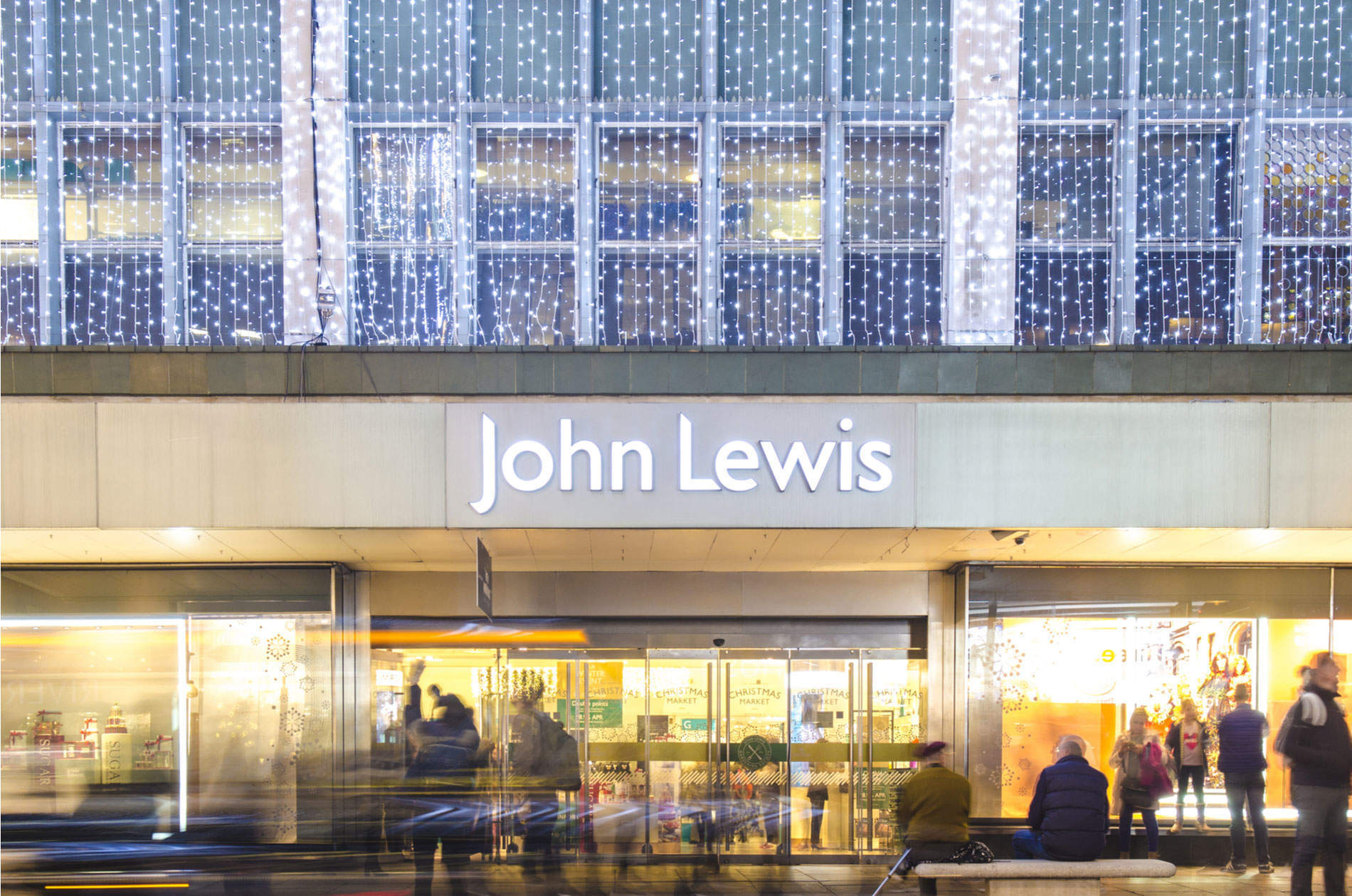
This morning a John Lewis profit warning grabbed the retail headlines, causing many to assume that the John Lewis Partnership is set to go the same way as many of its department store competitors.
However, despite the announcement of the closure of a handful of Waitrose stores, the John Lewis profit warning, which covers the entire partnership including Waitrose, is not a sign that the company is set to go the same way as British high street staples House of Fraser, Debenhams or BHS.
“The warning that profits will be lower than last year is not unexpected in today’s challenging retail environment,” said GlobalData head of retail Maureen Hinton.
“As it showed in its presentation to analysts this morning, its operating profit margins for both businesses are among the better ones in the market, so relative to what is a very challenging retail market, it is doing OK.”
What is the cause of the John Lewis profit warning?
While the John Lewis profit warning has caused many to assume it is a sign that John Lewis Partnership failed to attract enough shoppers through its doors, this is not the case.
“We expect the Partnership’s half year profits before exceptional items – which are always much lower and more volatile than the second half – to be close to zero this year,” said the company in a statement released this morning.
How well do you really know your competitors?
Access the most comprehensive Company Profiles on the market, powered by GlobalData. Save hours of research. Gain competitive edge.

Thank you!
Your download email will arrive shortly
Not ready to buy yet? Download a free sample
We are confident about the unique quality of our Company Profiles. However, we want you to make the most beneficial decision for your business, so we offer a free sample that you can download by submitting the below form
By GlobalData“For the full year there are a wide range of possible outcomes, given the market uncertainty, but we are currently assuming that profits before exceptional items will be substantially lower than last year.
“The Partnership currently expects to see profit growth in Waitrose, a decline in John Lewis and significant extra costs at the Partnership level as a result of greater IT investment, which will be a big driver behind the overall profit change.”
In short, the John Lewis profit warning is not a sign of poor sales, but of the partnership prioritising the long-term.
“The reason profits are low is because of investment and its partnership costs (pensions and salaries above the average) rather than poor trading,” added Hinton.
The importance of innovation
The John Lewis Partnership has sought to differentiate itself from its ailing competitors on a number of fronts, one of which is innovation. The company was faster to embrace and respond to changes in the retail market, particularly with regards to younger customers.
“John Lewis has successfully transformed into an omnichannel retailer with innovative technologies, such as customer tracking to speed up click & collect, and has upgraded its stores to make them more appealing to millennial shoppers,” said Andreas Olah, lead analyst for digital retail at Global Data.
“Businesses have to innovate and invest to survive in retail so I do not think [the John Lewis profit warning] is a failure of its strategy to invest in innovation – more a reflection of the overall retail market environment,” added Hinton.
JLAB: John Lewis Partnership’s innovation hub
In addition, the company’s retail tech innovation programme JLAB, which has now been running for several years, has allowed John Lewis to explore the potential of emerging technologies by working with promising startups.
This year the company re-launched JLAB, transforming it from a 12-week programme to a year-round, challenge-focused venture.
“We wanted to take the programme to the next level by launching more events, but with a focus on themes we feel are most significant to our customers as well as the future of retail,” explained the John Lewis Partnership futurologist John Vary.
This innovative approach is allowing John Lewis to weather the retail storm, and it is clear the company is keen to maintain this approach. As part of the profit warning announcement, it said that it planned to continue investing between £400m and £500m a year in product and service innovation.
“For us, the relentless pursuit of greater scale is not the right course. Our plans put differentiation, innovation and Partner-led service at the heart of our offer,” said Sir Charlie Mayfield, chairman of the John Lewis Partnership, in the release.
This approach is putting the company in a far stronger position than its rivals.
“The fact that it has been investing not just in innovation, but in its stores, its service and IT and making sure it has a differentiated model is what has kept the business doing so well relative to its peers and has kept it relevant to the modern shopper,” concluded Hinton.
“For instance, is was one of the first to invest in online. Now 40% of John Lewis’ sales are online and 50% of [those] are click & collect, which utilises both John Lewis and Waitrose stores.”
Can the department store model work?
With so many British department stores falling by the wayside, is the department store model itself not long for this world? Not according to the John Lewis Partnership, which remains confident about its ability to succeed.
“Retail is evolving faster than it ever has before and there are examples out there of retailers and other department stores which are doing well,” the company told Verdict.
“But for retailers to succeed in today’s market they have to stand for something clear which resonates with their customers. We are confident that our strategy of focusing on differentiation through providing customers with extraordinary service, unique product that they can’t get anywhere else and enhanced services which make our customers’ lives easier is what makes us different and will help us succeed.”
Nevertheless, John Lewis will still have to work to show the department store is still relevant – no matter how innovative an approach it otherwise takes.
“Having avoided the fate of its peers such as BHS and the House of Fraser, John Lewis managed to maintain a viable department store model,” added Olah.
“However, it is not immune to the heightened competitive pressure from fast-fashion retailers, online pure players and discounters that are increasingly targeting traditional department store customers.”






